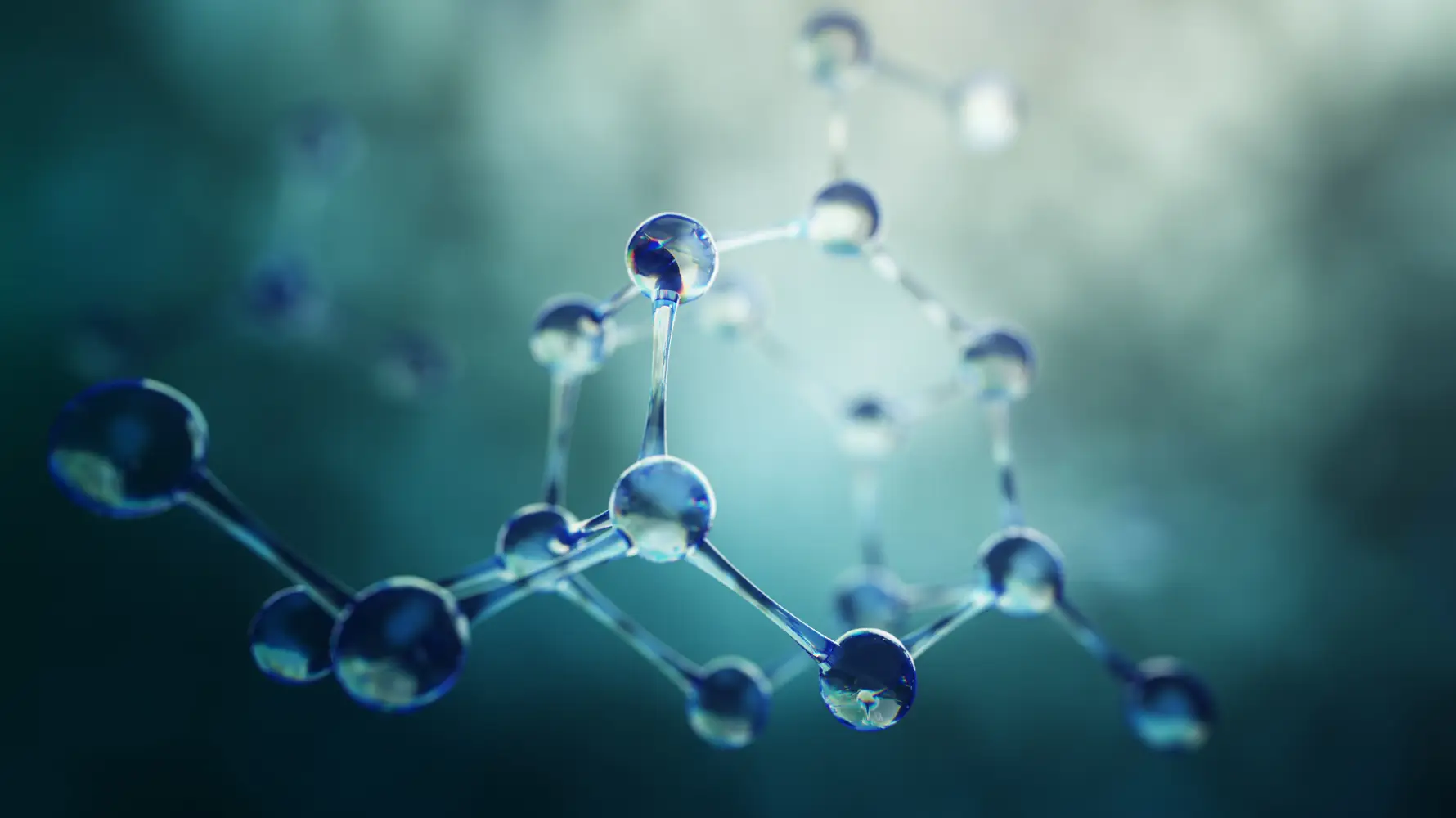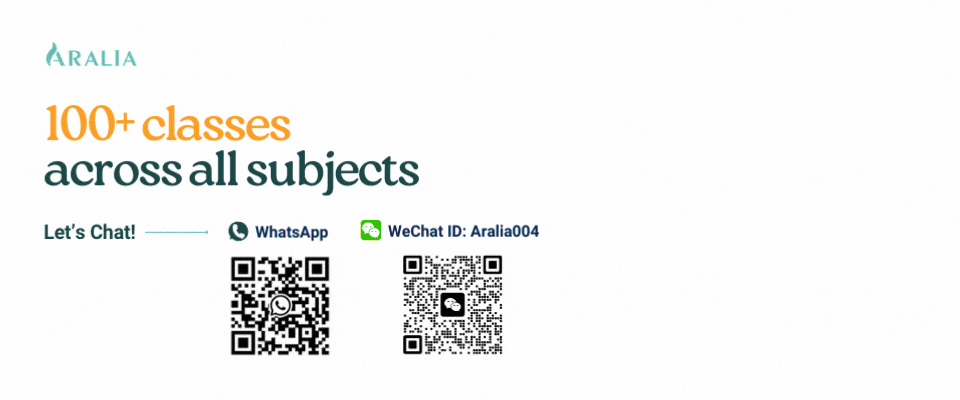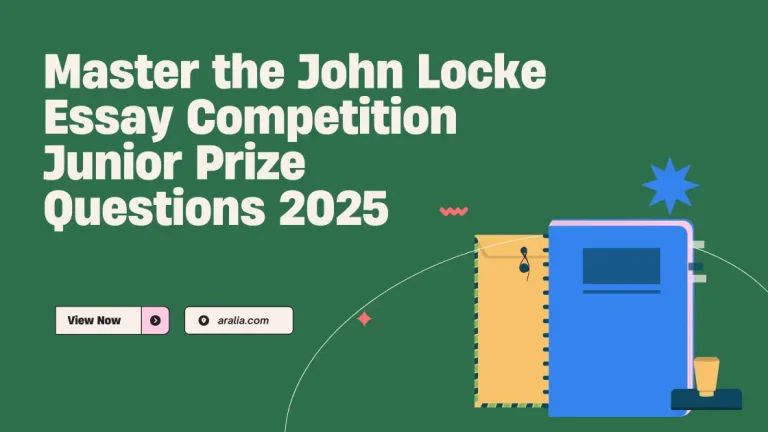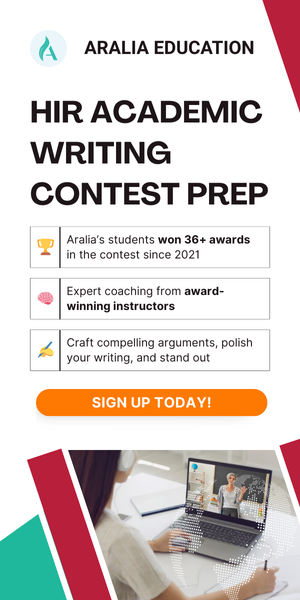Aralia Students Are 4x More Likely to Publish a Research Paper
What is Regeneron ISEF?
Regeneron ISEF stands for the Regeneron International Science and Engineering Fair. Organized by the Society for Science & in partnership with the Regeneron Pharmaceuticals (before 2019 was Intel Foundation), it is one of the world’s largest and most prestigious science fairs for high school students from every state in the United States and more than 70 countries around the world.
Regeneron ISEF normally refers to the final international fair that happens in May; but, in order to be qualified for the international competition, students have to participate in a series of competitions before. Students will participate in the local, regional, state, and national levels of the Science and Engineering Fair and/or the Thermo Fisher Scientific Junior Innovators Challenge to win the right to attend Regeneron ISEF. Find the closest fair near you at https://findafair.societyforscience.org/.
Who's eligible to participate in the Regeneron ISEF?
- Students in grades 9-12 or equivalent who have not reached age 20 on or before May 1 preceding ISEF.
- If doing team projects, student groups are limited to three members.
- The language of projects and research must be in English.
What is the ISEF category of submission?
- Animal Sciences (ANIM)
- Behavioral and Social Sciences (BEHA)
- Biochemistry (BCHM)
- Biomedical and Health Sciences (BMED)
- Biomedical Engineering (ENBM)
- Cellular and Molecular Biology (CELL)
- Chemistry (CHEM)
- Computational Biology and Bioinformatics (CBIO)
- Earth and Environmental Sciences (EAEV)
- Embedded Systems (EBED)
- Energy: Sustainable Materials and Design (EGSD)
- Engineering Technology: Statics and Dynamics (ETSD)
- Environmental Engineering (ENEV)
- Materials Science (MATS)
- Mathematics (MATH)
- Microbiology (MCRO)
- Physics and Astronomy (PHYS)
- Plant Sciences (PLNT)
- Robotics and Intelligent Machines (ROBO)
- Systems Software (SOFT)
- Technology Enhances the Arts (TECA) (NEW IN 2024)
- Translational Medical Science (TMED)
How does the Regeneron ISEF work?
We will walk you through an example to help you understand how the Regeneron ISEF works. This sample follows the story of Steven, a student studying at Lawrence Academy in Massachusetts, who is interested in participating in the ISEF.
In Massachusetts, there are 6 Regional Science Fair organizations, each regional science fair may send 40-50 of their top-scoring student projects to the statewide Science and Engineering Fair. Steven is studying at Lawrence Academy in Groton, MA, which makes him belong to Region 4 of Massachusetts. Access Region 4 competition at: https://mareg4.zfairs.com/App?f=58b00893-0bb3-4587-9fd4-643936333a59
- HSEF, March 1, 2024 at Tufts University: Steven will participate in the High School Science and Engineering Fair, Region 4 of Massachusetts, which is a part of the Massachusetts State Science & Engineering Fair. To participate in this HSEF, students should contact teachers for more information about creating an account and creating a project on the site.
- Massachusetts Science & Engineering Fair (MSEF – State Fair), April 5, 2024: Let’s say Steven won the HSEF, and his project was nominated for the state fair. He will have to participate in the MSEF on this date. Last year, at the Region IV competition, the top 2 projects were nominated for ISEF, and the top 40 projects advanced to MSEF, where the awards totaled over $500,000.
- ISEF, May 11-17, 2024: If Steven is nominated, he will also attend the ISEF!
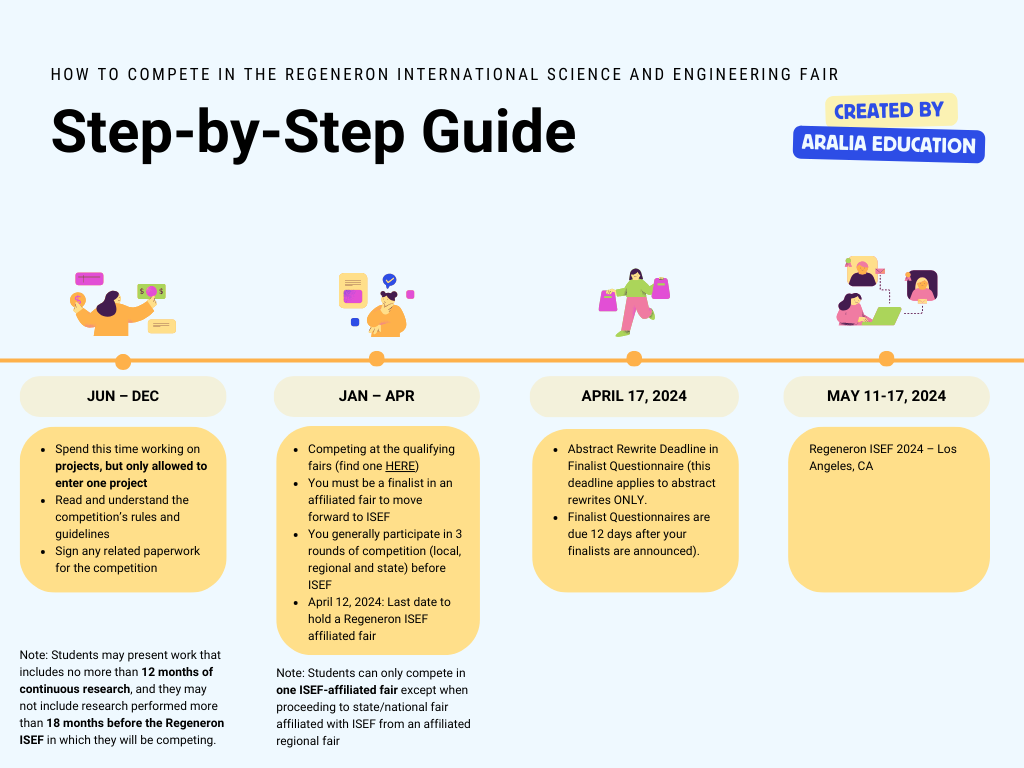
Detail timeline
June – December:
- Spend this time working on projects, but only allowed to enter one project
- Read and understand the competition’s rules and guidelines
- Sign any related paperwork for the competition
Note: Students may present work that includes no more than 12 months of continuous research, and they may not include research performed more than 18 months before the Regeneron ISEF in which they will be competing.
Jan – April:
- Competing at the qualifying fairs (find one HERE)
- You must be a finalist in an affiliated fair to move forward to ISEF
- You generally participate in 3 rounds of competition (local, regional, and state) before ISEF
Note: Students can only compete in one ISEF-affiliated fair except when proceeding to a state/national fair affiliated with ISEF from an affiliated regional fair
Your Fair Date + 12 Calendar Days: Deadline to submit Finalist Questionnaire and Official Party Registration.
Date of Booth Assignment + 12 Calendar Days: Deadline for finalists to submit their virtual booth
March 6-13, 2024: Regeneron Science Talent Search Institute
April 12, 2024: Last date to hold a Regeneron ISEF affiliated fair. Regional fairs that feed into state fairs should coordinate the date of their fairs with the state.
April 17, 2024: Abstract Rewrite Deadline in Finalist Questionnaire (this deadline applies to abstract rewrites ONLY. Finalist Questionnaires are due 12 days after your finalists are announced).
May 11-17, 2024: Regeneron ISEF 2024 – Los Angeles, CA
When are ISEF forms due?
For the ISEF application, students are required to submit various forms of written documentation on either a planned or completed research project. The deadline depends on your regional competition date. For example, for Massachusetts Region 4, the deadline to submit your form 1C, your research paper, and your paperwork is February 27, 2024. Also, here is a helpful checklist for students to make sure they complete all steps for qualification and submit all documents required for the competition.
What forms are required for ISEF?
There is a total of 14 forms that students will need to submit:
- Form 1: Checklist for Adult Sponsor/Safety Assessment Form
- Form 1A: Student Checklist/Research Plan
- Form 1B: Approval Form
- Form 1C: Regulated Research Institutional/Industrial Setting Form
- Form 2: Qualified Scientist Form
- Form 3: Risk Assessment Form
- Form 4: Human Participants
- Sample Informed Consent Statement
- Form 5A: Vertebrate Animal Form (For research at school, home, or at a field site)
- Form 5B: Vertebrate Animal Form (For research at a Regulated Research Institution)
- Form 6A: Potentially Hazardous Biological Agents Form
- Form 6B: Human and Vertebrate Animal Tissue Form
- Form 7: Continuation Projects Form
- Abstract Form with 22 Categories
When are ISEF finalists announced?
Finalists are expected to be announced during April, or after the end of your fair date. For more information on finalists and announcements, you should check the fair date for your specific region.
Enhance Your Research Skills with Aralia’s Research Scholar Classes
Is ISEF competitive?
ISEF is extremely competitive because of its low acceptance rate. According to the Society for Science, the host of ISEF, each year there are over 175,000 students competing in 400 affiliated high school science fairs in more than 49 states and 64 countries (2023). There were nearly 1,600 finalists competing for $9 million in awards, prizes and scholarships. The finalist numbers make it less than a 1% acceptance rate to become a finalist.
Who Won ISEF in 2023?
For ISEF 2023, Kaitlyn Wang, a 17-year-old from San José, CA, was the recipient of the $75,000 top award in the 2023 Regeneron International Science and Engineering Fair (Regeneron ISEF). Wang’s project focused on exploring planets closely orbiting their suns, and she developed a groundbreaking algorithm for efficient identification of these exoplanets. Her project can be accessed here.
Saathvik Kannan, 17, from Columbia, Missouri, received a $50,000 Regeneron Young Scientist Award for using bio-computational methods to understand heightened infectivity in the disease mpox. His project can be accessed here.
Teepakorn Keawumdee, Pannathorn Siri, and Poon Trakultangmun from Bangkok, Thailand, were also honored with a $50,000 Regeneron Young Scientist Award for developing an innovative incubation chamber that significantly increased the survival rate of the green lacewing insect, a natural predator of the mealybug pest. Their project can be accessed here.
Some other winners are listed below (full list can be accessed here):
BMED011 — DiaMiR: A MicroRNA (miR-23) Microneedle Patch for Type-2 Diabetes Control
George Cheng, North Carolina School of Science and Mathematics, NC, United States of America
EBED004 — A Fully Automatic Self-Assembling Modular Robot System
Yik Chun John Peng, Shanghai American School – Puxi Campus, Shanghai, China
Aralia College Accelerator Program
At Aralia College Accelerator Program, we offer a unique opportunity for students to propel themselves toward success with our Science Research classes. Students will dive into the fascinating world of science research, and engage in personal projects that enhance their understanding of scientific principles. Join us on a transformative journey where the Aralia College Accelerator Program becomes the launch-pad for your scientific aspirations and the potential to join Regeneron ISEF!

